Big data, by which most people mean Big Volume, doesn’t get you very far just by itself, but with the addition of Big Variety and analytics, now you’re talking. In fact, most organizations who are making headway into capitalizing on their data assets now refer to the process as "big
English
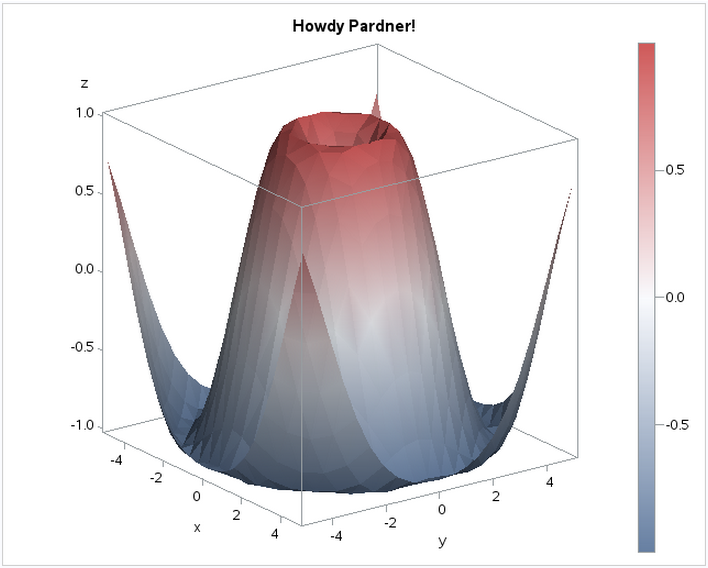
Rick Wicklin created a nice example of using the SURFACEPLOTPARM statement to create a surface plot in SAS. As I read it, the question that immediately came to mind was: can I use this to create the famous SAS cowboy hat? The "cowboy hat" is a highly distributed example of
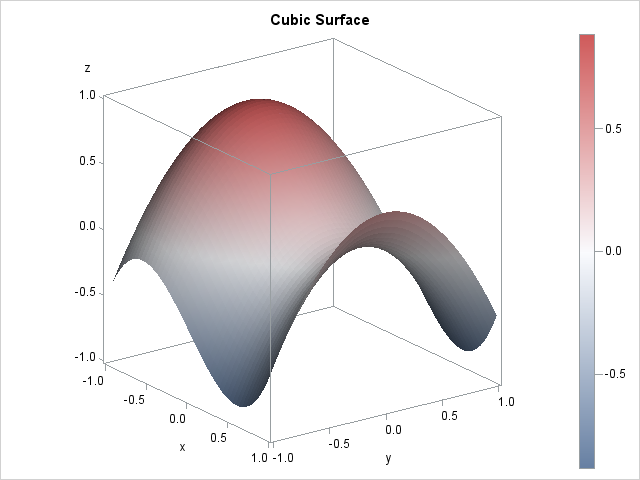
This article shows how to visualize a surface in SAS. You can use the SURFACEPLOTPARM statement in the Graph Template Language (GTL) to create a surface plot. But don't worry, you don't need to know anything about GTL: just copy the code in this article and replace the names of

The #1 rule of any self-respecting hipster is to not claim to be a hipster. Therefore, can there even be such a thing as a hipster beard, or hipster beard data? I contemplated this perplexing question, as I stroked my pirate beard. Since fashion trends tend to be cyclical, perhaps

with Natalie Osborn, Senior Industry Consultant, Hospitality and Gaming Practice, SAS We’ve taught analytics 101 through the last couple of blog posts, and now that you have passed that course, you are ready to take an advanced course in analytics. Ok, not really, we won’t subject you to that, but
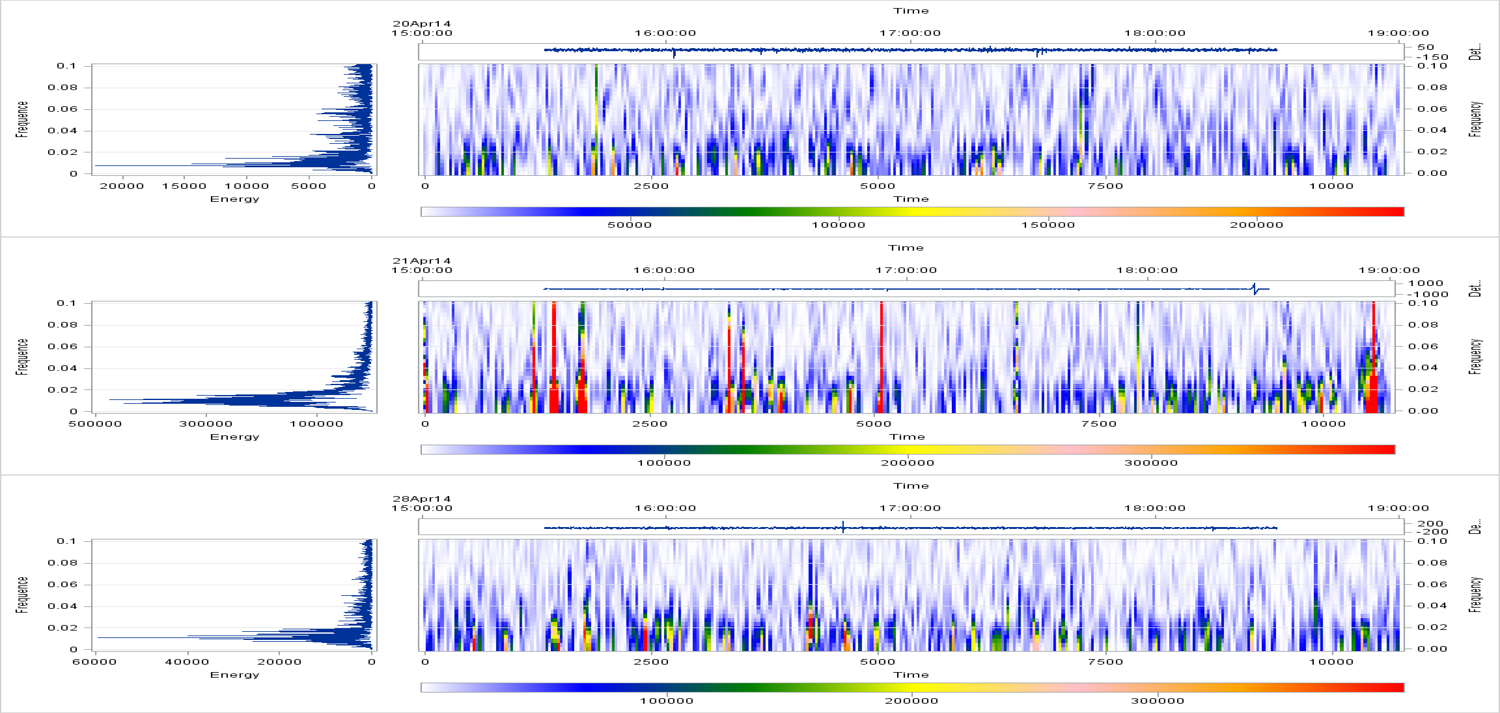
Gartner has stated that there are nearly five billion connected devices throughout the world today and predicts that there will be more than 25 billion by 2020, making the potential of this technology unlimited. The connected devices in industrial settings, in personal devices, and in our homes are creating a
There are many ways to do data integration. Those include: Extract, transform and load (ETL) – which moves and transforms data (with some redundancy) from a source to a target. While ETL can be implemented (somewhat) in real time, it is usually executed at intervals (15 minutes, 30 minutes, 1

The Midwest SAS Users Group (MWSUG) 2015 conference is almost here and there’s a lot to get excited about. The event takes place October 18-20 in Omaha, NE. If you haven’t already registered, regular registration has been extended through October 13th. The full conference agenda is now available. We hope
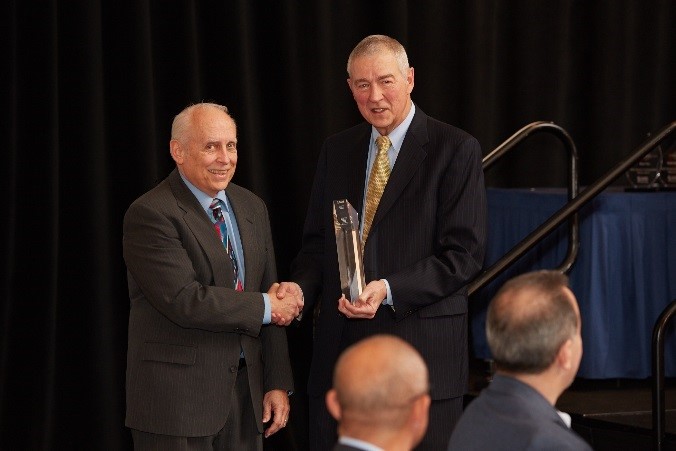
This guest blog post comes from Dr. David Dickey, one of our original SAS Press authors. Hope you enjoy! In the late 1970s, shortly after SAS was founded, I was approached by Herbert Kirk and John Brocklebank from SAS to put together a course on time series. This was reasonably
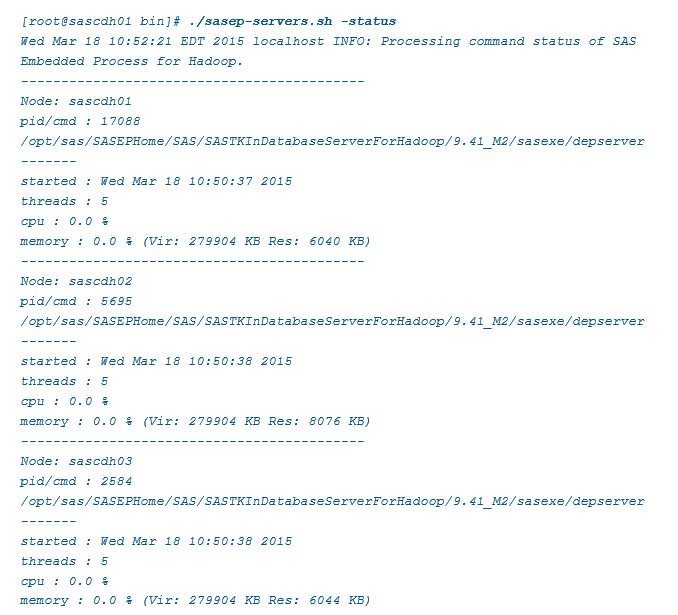
The SAS In-Database Embedded Process is the key technology which enables the SAS® Scoring Accelerator, SAS® Code Accelerator, and SAS® Data Quality Accelerator products to function. The EP is the computation engine we place near the data, which reduces unnecessary data movement and speeds up processing and efficiency. The EP

Jim Harris addresses some of the most common questions and challenges big data poses for data quality.

In my last blog, I demonstrated how to configure a SAS server to write a record to a log file showing who is opening, editing or renaming a SAS table. In this blog we will see how we can process that information. The documentation shows one way to do this via

“Everywhere modern processed foods go, chronic diseases like obesity, type 2 diabetes and heart disease soon follow.” -Kris Gunnars The typical American diet is inundated with highly processed carbohydrates. We have a bagel made from white flour and sugar for breakfast, a sandwich on white bread for lunch, potato chips

Suppose that you are tabulating the eye colors of students in a small class (following Friendly, 1992). Depending upon the ethnic groups of these students, you might not observe any green-eyed students. How do you put a 0 into the table that summarizes the number of students who have each
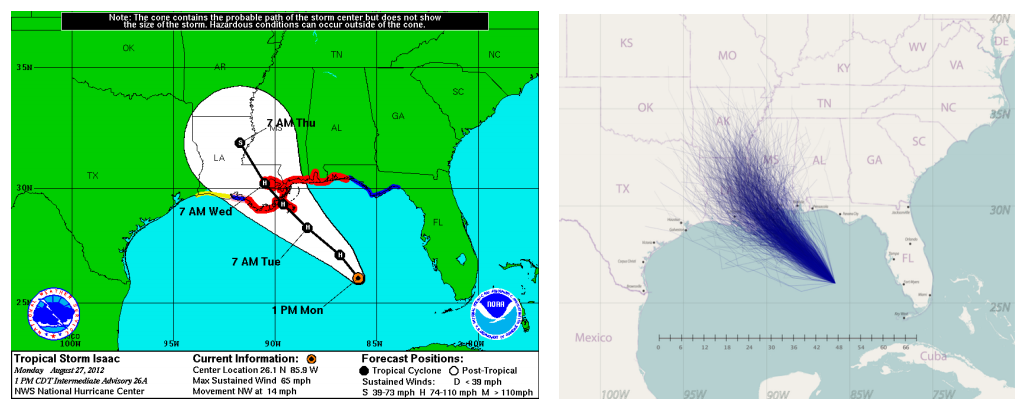
I’ve often heard people say about weather forecasters “they have the best job…they just report what the models are telling them, and when they’re wrong they can always blame it on Mother Nature throwing us a curve.” While that’s true, this glass-half-empty crowd is failing to appreciate how amazing the
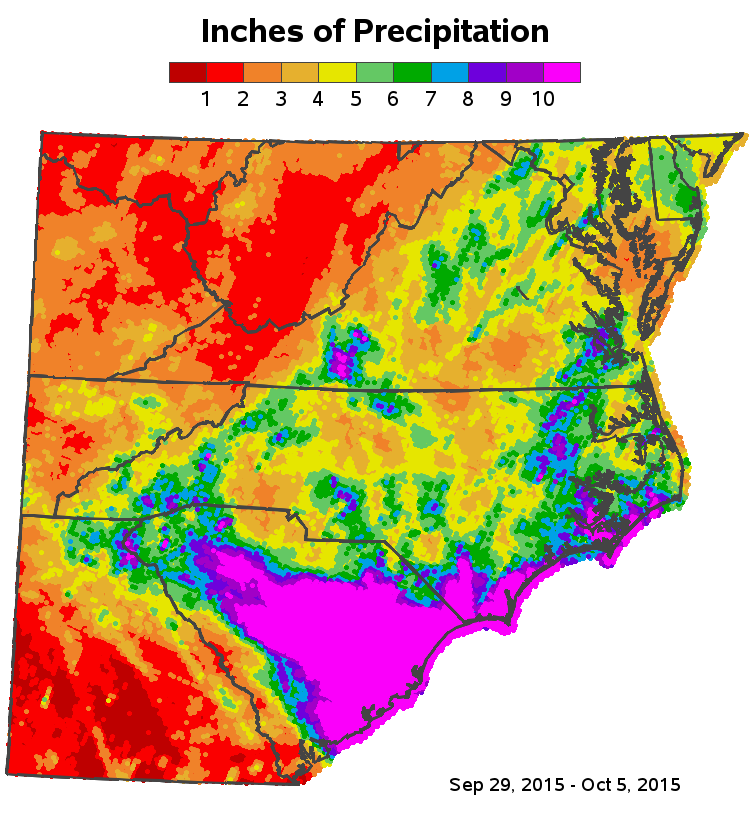
I remember being intrigued by the movie In Search of Noah's Ark, when I was a kid back in the 1970s. They claimed to have definitively found the ark ... but of course, since then several other people claim to have found it in other locations. Therefore I don't feel too
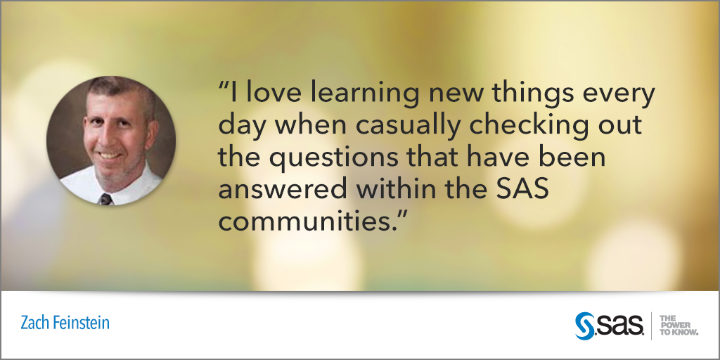
One of my new favorite activities is perusing the memorable transcripts from our Live Chat program. Lida: Hi! Welcome to Live Chat! I'm here to help. Lida: May I please have your name and company? Visitor: My name is Bill Smith and I'm with ABC. Visitor: how many offices do

If you’re looking to advance your knowledge and your career, few activities are better than attending a professional conference, where new ideas, best practice discovery and networking opportunities abound. For many SAS users, regional user group meetings provide a forum to learn from other users and meet successful professionals in

Editor Len Tashman's Preview of the Fall 2015 issue of Foresight This 39th issue of Foresight features a special section on forecasting support systems (FSS) developed by our FSS Editor Fotios Petropoulos. His article Forecasting Support Systems: Ways Forward highlights three main areas for improvement: better utilization of open-source software

People encounter stress in all types of situations. Positive stress occurs when we are exposed to new situations or challenges, perhaps a new job or attending a new school – this type of stress is typically short term and is a necessary factor in healthy development. Tolerable stress results from
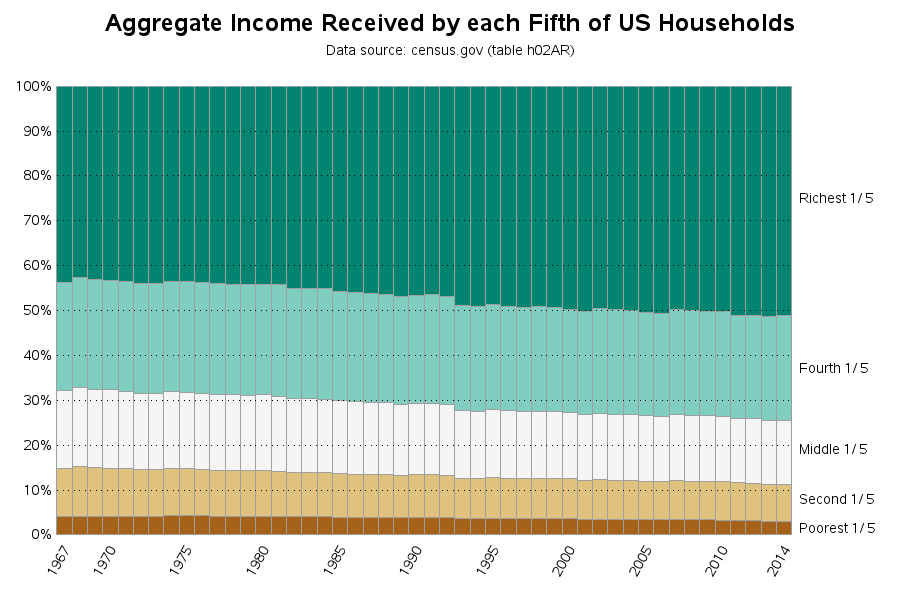
I hear a lot of talk about income inequality in the US ("the rich get richer..." and such) - especially as elections approach. I also see a lot of graphs, and they all seem to define their numbers slightly differently. I'm not in a position to improve the way income

You can use SAS to generate random integers between 1–10 or in the range 1–100. This article shows how to generate random integers as easily as Excel does. I was recently talking with some SAS customers and I was asked "Why can't SAS create an easy way to generate random

The Internet of Things (IoT) is a revolutionary approach that will radically change our lives, our way of integrating with technology, and the way we do business and marketing. Companies have already defined a strategic plan for collecting and organizing data coming from the IoT. The next step is to

The SAS Analytics 2015 Conference is coming soon. It is my first time attending, so when I discovered that the conference is in Las Vegas, I must admit I became more than a little excited to partake in some casual gambling. My thing is sports betting, specifically college football, and

I highly recommend The Organized Mind by Daniel J. Levitin. Since reading it I have changed the way I approach daily tasks and technology. I’ll share some nuggets and strategies I have implemented but encourage you to read the book as it contains a wealth of information. You can also hear Levitin on the Diane Rehm
.@philsimon on bridging the IT-business divide once and for all.

For students to become capable data analysts, they need experience that they can take with them into the real world after graduation. By far the most critical skill for their toolkit is learning to work with real-life data. Therefore, it is important from a teaching standpoint that instructors provide students
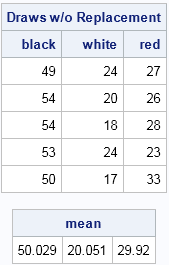
In a previous post I described how to simulate random samples from an urn that contains colored balls. The previous article described the case where the balls can be either of two colors. In that csae, all the distributions are univariate. In this article I examine the case where the
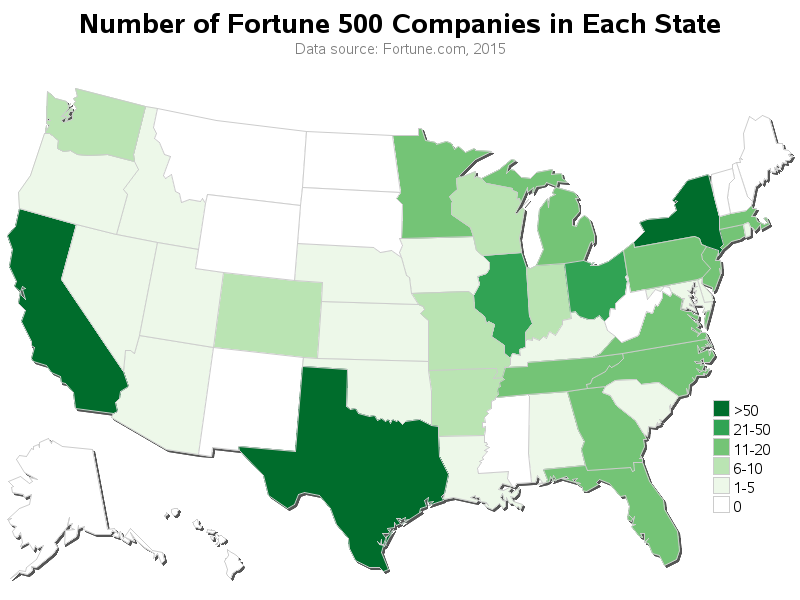
Every year, Fortune magazine compiles a list of the 500 largest US corporations - called the Fortune 500. Their list was a bit difficult to digest in text-form, so I thought I'd try using some maps & graphs on the data ... For a map analysis, I thought it would
SAS Administrators are frequently asked to log and report on which users are accessing SAS tables. This functionality is often requested by companies who, for regulatory compliance, need to track who is accessing data. In my next couple of blogs I will show how you can audit data access. In this first blog




















